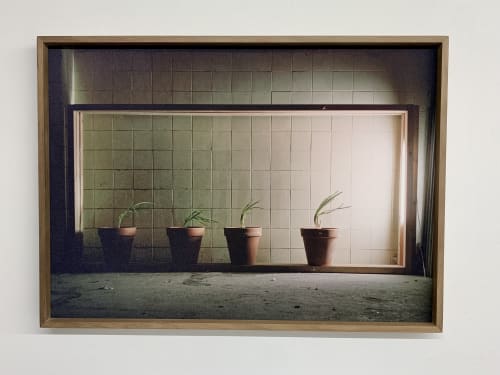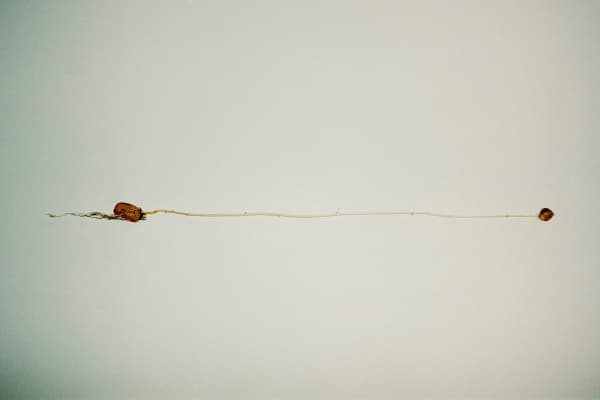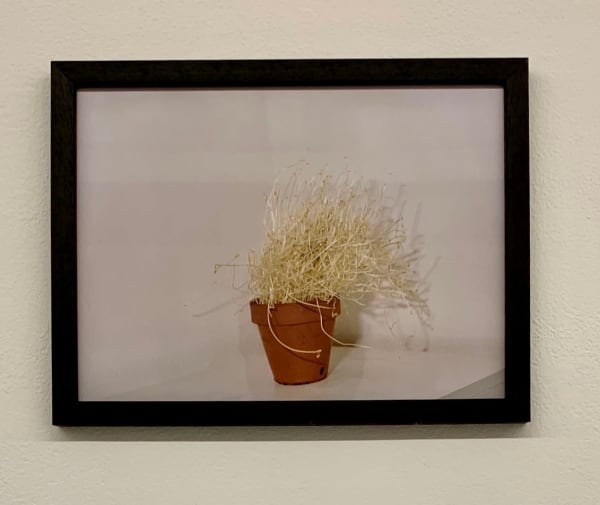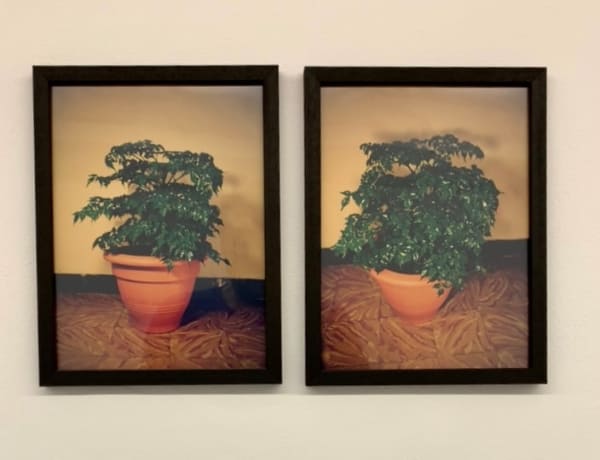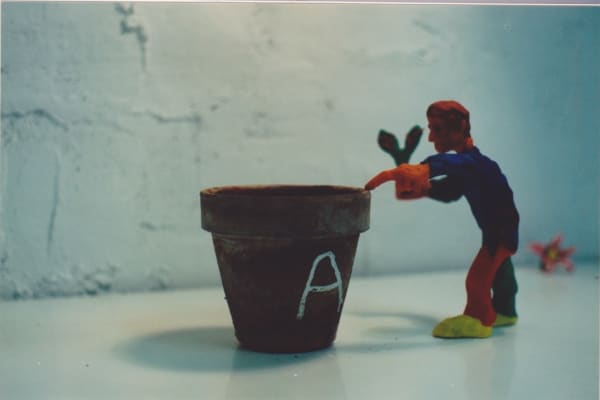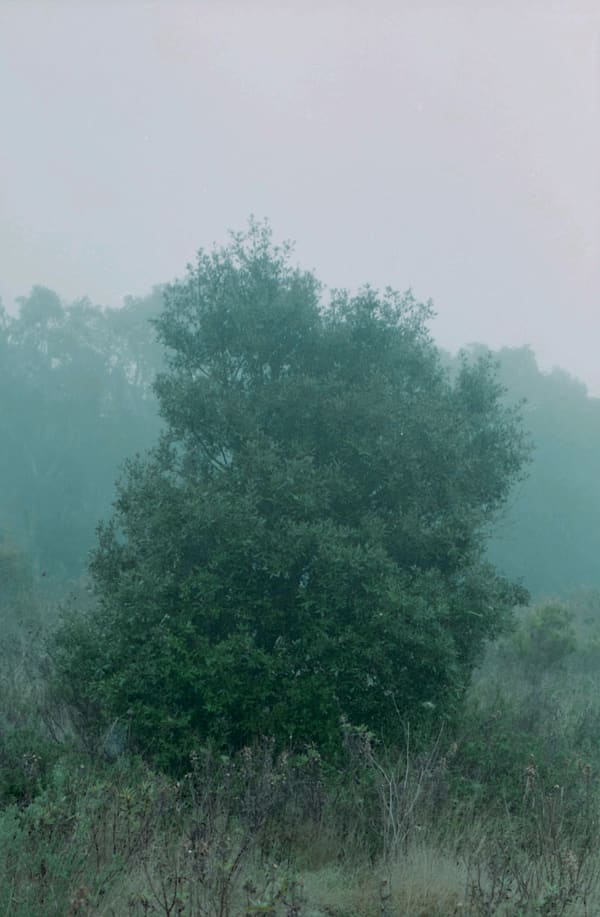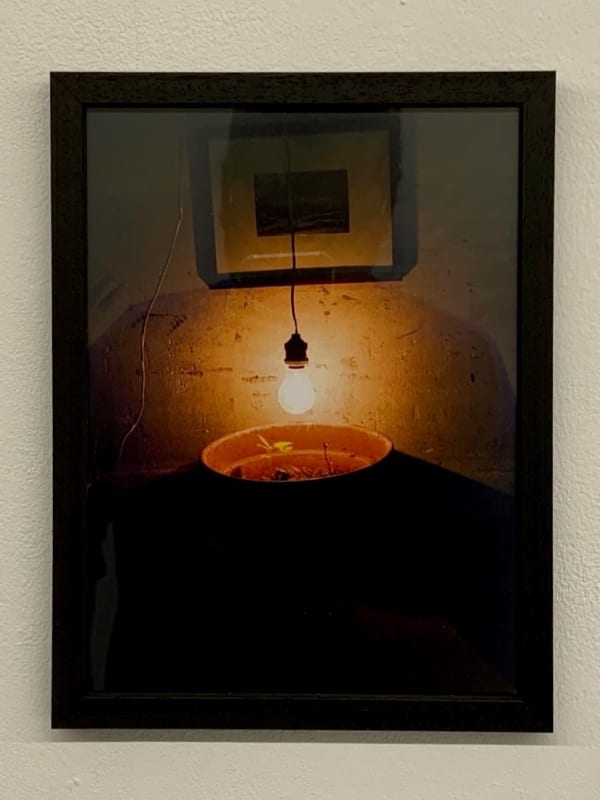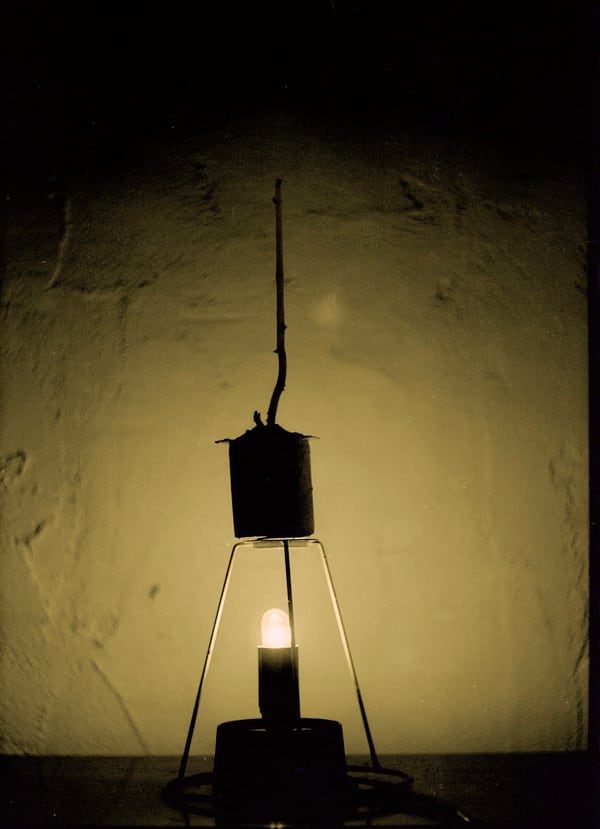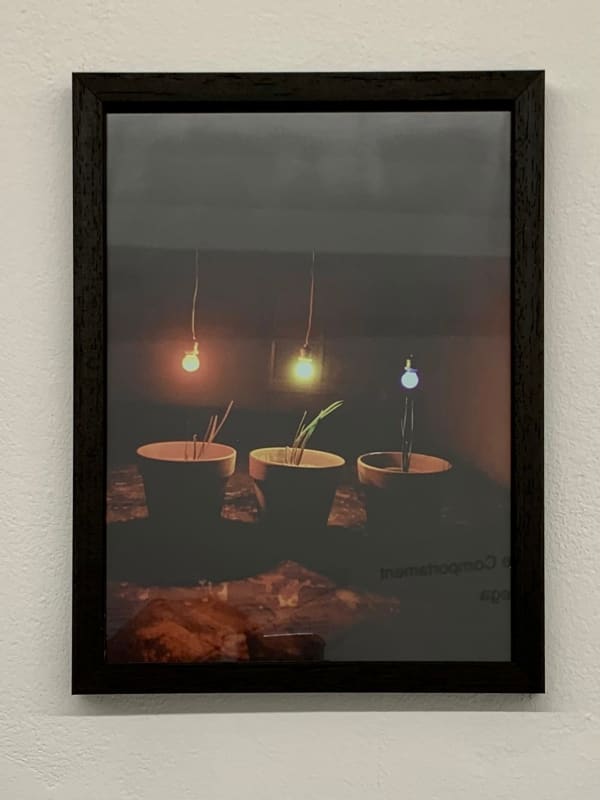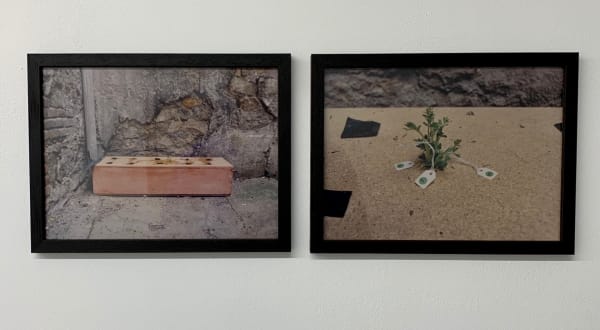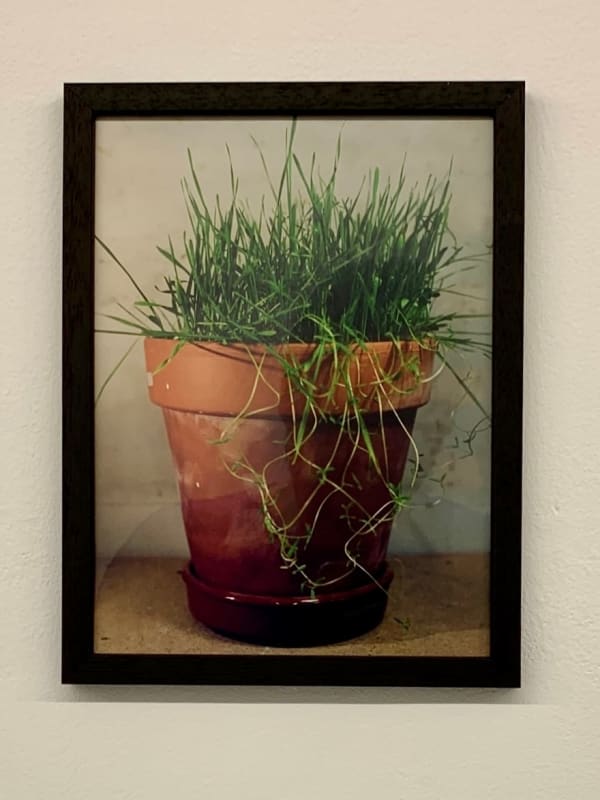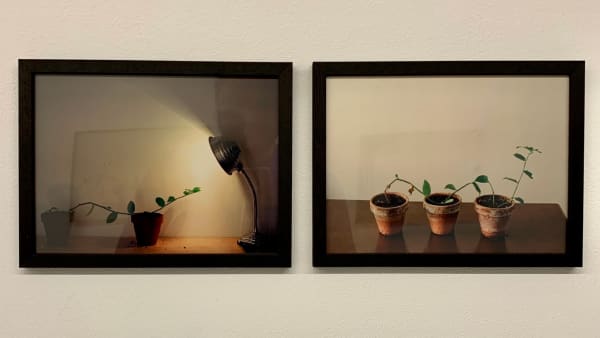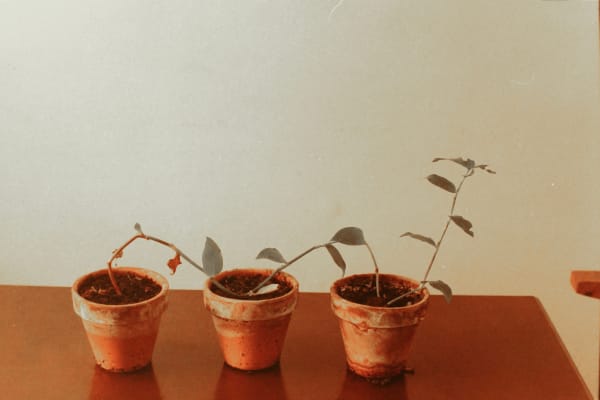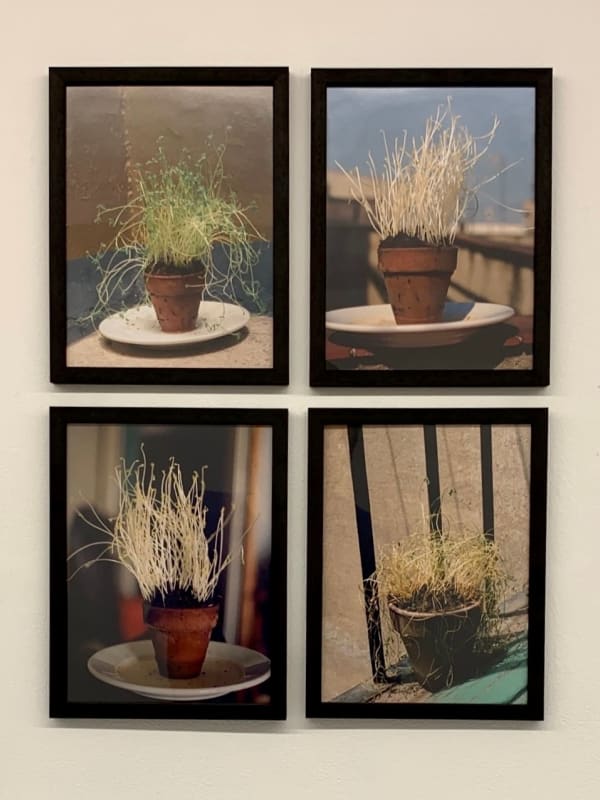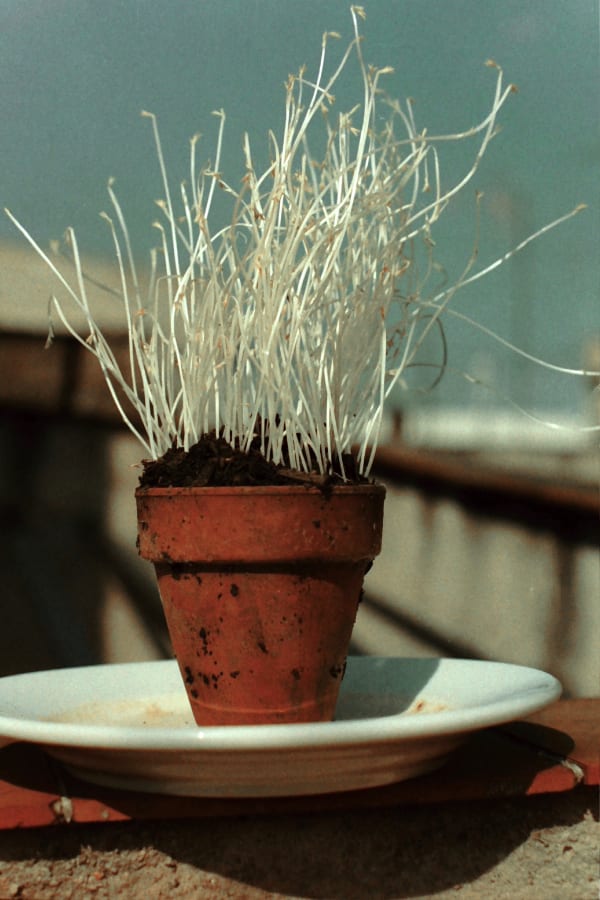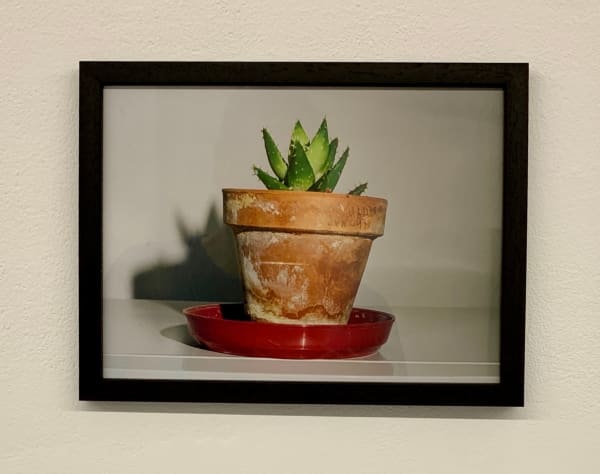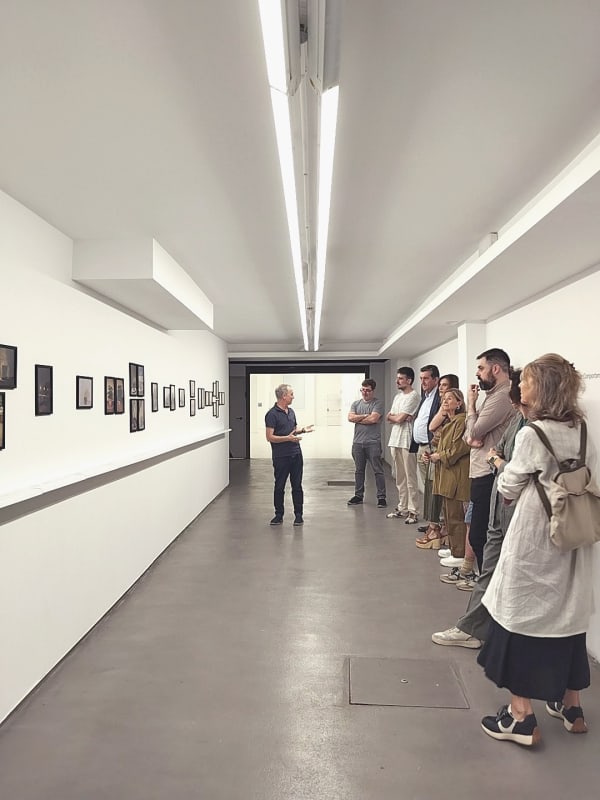Registres de comportament (1994-1998) : Antonio Ortega
Past exhibition
Overview
Works
-
 Antonio Ortega, En interior, 1994
Antonio Ortega, En interior, 1994 -
 Antonio Ortega, Light log / Work log , 1998
Antonio Ortega, Light log / Work log , 1998 -
 Antonio Ortega, Registre (tota la llum), 1996
Antonio Ortega, Registre (tota la llum), 1996 -
 Antonio Ortega, Registre (de color), 1995
Antonio Ortega, Registre (de color), 1995 -
 Antonio Ortega, Register (color), 1995
Antonio Ortega, Register (color), 1995 -
 Antonio Ortega, Registre (de transmissió d’energia), 1997-1998
Antonio Ortega, Registre (de transmissió d’energia), 1997-1998 -
 Antonio Ortega, Register (energy transmission), 1997-1998
Antonio Ortega, Register (energy transmission), 1997-1998 -
 Antonio Ortega, Register (energy transmission), 1997-1998
Antonio Ortega, Register (energy transmission), 1997-1998 -
 Antonio Ortega, Register (energy transmission), 1997-1998
Antonio Ortega, Register (energy transmission), 1997-1998 -
 Antonio Ortega, Register (forced adaptation), 1997
Antonio Ortega, Register (forced adaptation), 1997 -
 Antonio Ortega, Register (forced adaptation), 1997
Antonio Ortega, Register (forced adaptation), 1997 -
 Antonio Ortega, Registre (de la terra del Museu), 1994
Antonio Ortega, Registre (de la terra del Museu), 1994 -
 Antonio Ortega, Register (Indoor), 1994-1996
Antonio Ortega, Register (Indoor), 1994-1996 -
 Antonio Ortega, Register (Indoor), 1994-1996
Antonio Ortega, Register (Indoor), 1994-1996 -
 Antonio Ortega, Register (Indoor), 1994-1996
Antonio Ortega, Register (Indoor), 1994-1996 -
 Antonio Ortega, Registre (en interior, RGB), 1995
Antonio Ortega, Registre (en interior, RGB), 1995 -
 Antonio Ortega, Registre (de competència), 1998
Antonio Ortega, Registre (de competència), 1998 -
 Antonio Ortega, Registre (de confusió), 1995
Antonio Ortega, Registre (de confusió), 1995 -
 Antonio Ortega, Registre (de continuïtat), 1997
Antonio Ortega, Registre (de continuïtat), 1997 -
 Antonio Ortega, Register (of continuity), 1997
Antonio Ortega, Register (of continuity), 1997 -
 Antonio Ortega, Registre (de seqüeles), 1995
Antonio Ortega, Registre (de seqüeles), 1995 -
 Antonio Ortega, Register (of sequels), 1995
Antonio Ortega, Register (of sequels), 1995 -
 Antonio Ortega, Register (of sequels), 1995
Antonio Ortega, Register (of sequels), 1995 -
 Antonio Ortega, Register (of sequels), 1995
Antonio Ortega, Register (of sequels), 1995 -
 Antonio Ortega, Registre (d’ús i sentit), 1996
Antonio Ortega, Registre (d’ús i sentit), 1996 -
 Antonio Ortega, Register (of use & sense), 1996
Antonio Ortega, Register (of use & sense), 1996 -
 Antonio Ortega, Registre (de sobrealimentació), 1996
Antonio Ortega, Registre (de sobrealimentació), 1996
Installation Views

